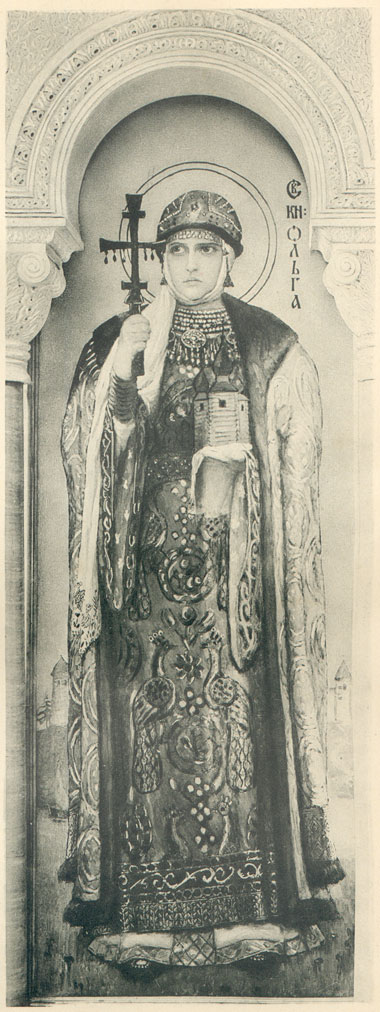Broad On on:
[Wikipedia]
[Google]
[Amazon]
Broad On (Ѻ ѻ; italics: ''Ѻ ѻ'') is a positional and orthographical variant of the  In standard
In standard
Round Omega , 047B, name2=Cyrillic Small Letter
Round Omega
Cyrillic
, bg, кирилица , mk, кирилица , russian: кириллица , sr, ћирилица, uk, кирилиця
, fam1 = Egyptian hieroglyphs
, fam2 = Proto-Sinaitic
, fam3 = Phoenician
, fam4 = G ...
letter O (О о) (here "on" (, ''onŭ'') is a traditional name of Cyrillic letter О; these names are still in use in the Church Slavonic alphabet).
Broad On is used only in the Church Slavonic language
Church Slavonic (, , literally "Church-Slavonic language"), also known as Church Slavic, New Church Slavonic or New Church Slavic, is the conservative Slavic liturgical language used by the Eastern Orthodox Church in Belarus, Bosnia and Herzeg ...
. In its alphabet (in primers and grammar books), broad and regular shapes of О/о share the same position, as they are not considered different letters. Uppercase is typically represented by broad Ѻ, and lowercase is either regular о or dual: both broad ѻ and regular о (in the same way as Greek uppercase Σ is accompanied with two lowercases σ, ς). Phonetically, broad Ѻ/ѻ is the same as regular О/о.
 In standard
In standard Church Slavonic
Church Slavonic (, , literally "Church-Slavonic language"), also known as Church Slavic, New Church Slavonic or New Church Slavic, is the conservative Slavic liturgical language used by the Eastern Orthodox Church in Belarus, Bosnia and Herzeg ...
orthography (since the middle of the 17th century until present time), the broad shape of letter On is used instead of the regular shape of the same letter in the following cases:
* as the first letter of a word's root:
** in the initial position (, ),
** after a prefix (),
** in compound words (),
* in two geographical names (—Jordan River
The Jordan River or River Jordan ( ar, نَهْر الْأُرْدُنّ, ''Nahr al-ʾUrdunn'', he, נְהַר הַיַּרְדֵּן, ''Nəhar hayYardēn''; syc, ܢܗܪܐ ܕܝܘܪܕܢܢ ''Nahrāʾ Yurdnan''), also known as ''Nahr Al-Shariea ...
, —city of Jaffa
Jaffa, in Hebrew Yafo ( he, יָפוֹ, ) and in Arabic Yafa ( ar, يَافَا) and also called Japho or Joppa, the southern and oldest part of Tel Aviv-Yafo, is an ancient port city in Israel. Jaffa is known for its association with the b ...
) and their derivatives,
* as the numerical sign to represent the number 70.
(However, Church Slavonic editions printed outside the Russian Empire have often ignored the last rule and used regular о as the numerical sign).
Historically, Broad On was also used in the later Old Russian
Old East Slavic (traditionally also Old Russian; be, старажытнаруская мова; russian: древнерусский язык; uk, давньоруська мова) was a language used during the 9th–15th centuries by East ...
period, including documents, letters and other vernacular texts, to signal the initial position of a word or a syllable or occasionally to mark a closed vowel (developed in North Russian dialects since the 14th century). It is found in birch bark manuscript
Birch bark manuscripts are documents written on pieces of the inner layer of birch bark, which was commonly used for writing before the advent of mass production of paper. Evidence of birch bark for writing goes back many centuries and in various ...
s and in some other Russian texts. Other glyphs could be used in the same functions, including Monocular O
Monocular O ( majuscule: , minuscule: ) is one of the rare glyph variants of Cyrillic letter . This glyph variant was used in certain manuscripts in the root word ( eye), and also in some other functions, for example, in the word- and syllable- ...
and Cyrillic Omega.
Name
Broad On has no standard traditional name. The names used in literature (broad/wide/round/initial on/o etc.) are just shape-based or functional descriptions. A name from certain Russian sources, он польское, ''on pol'skoye'' (literally, "Polish O"), also points to the round shape of the letter, because Latin fonts fromPoland
Poland, officially the Republic of Poland, is a country in Central Europe. It is divided into 16 administrative provinces called voivodeships, covering an area of . Poland has a population of over 38 million and is the fifth-most populous ...
had round "O", and the typical old Cyrillic "O" was lens-shaped and condensed. Now the character is often being referred to by its conventional Unicode name "Round Omega", the fact that may lead to certain misunderstanding, because the Cyrillic letter Omega is a completely different letter; in particular, its numerical value is 800, not 70.
Computing codes
{{charmap , 047A, name1=Cyrillic Capital LetterRound Omega , 047B, name2=Cyrillic Small Letter
Round Omega
References